What made this particular trip special was that this monk’s name was Cuthbert, and he was travelling to take up the post of Prior at Lindisfarne Abbey. He already had something of reputation for his piety, but he would become one of the great Celtic saints, who would still be remembered over a thousand years later.
We set out to follow in his footsteps. Not literally, perhaps – no one could know exactly what route he took – but the modern St Cuthbert’s way passes through or by many places associated with him: and at some points (such as the ancient Roman road of Dere Street, or the Pilgrim’s Path across the sands to Lindisfarne) we must have been very close to him in space, if not in time.
The landscape must have changed a lot since 650. Cuthbert wouldn’t have recognised the buildings, the roads, or the way the land was farmed. But the hills we saw, the rivers we walked beside, the sea-shore we sought, these would have been much the same. When he glanced back over his shoulder, he would have seen the same Eildon Hills marking Melrose behind him, and the greater heights of the Cheviots growing ahead as he walked.
I imagined how the monks might have travelled. In a group, I suppose, perhaps singing psalms or discussing scriptures as they strode along. Asking God’s blessing on the places where they received hospitality, perhaps walking in silence as they contemplated the wonders of His creation.
Probably not stopping now and then to check the sat nav on their phones. But, that sort of discrepancy aside, we were seeking to share something of the monk’s experience, in that this was not for us just a hike, but a pilgrimage. We were walking in the context of God.
I hadn’t had any particular expectations for our time at Nether Springs, but for me it turned out to be fundamental to my whole experience of pilgrimage, for it was here that I learned about Labyrinths.
I’d always assumed that ‘labyrinth’ was just another name for ‘maze’ - and of course, this is often the case in normal use. But there is also a more specific meaning that sets the two things apart from each other.
In the classic labyrinth, there is just one path to follow. It’s a twisty, confusing path, to be sure, but as long as you are careful to stay on it, eventually you will come to the centre. And, turning round, the same path will just as surely lead you out again.
This, of course, is in contrast to a maze. A maze is a puzzle. It is designed to confuse. It has false turns and dead ends, there may be more than one path (or perhaps none, but that would be cheating, surely?).
But as well as being different in their design, labyrinths and mazes are also different in the lessons they teach. The underlying message of the labyrinth is that, although when you look ahead the path may appear confusing, if you concentrate on just moving along the path, you will eventually reach the destination. For this reason, perhaps, labyrinths are often associated with pilgrimage – sometimes in preparation for, sometimes as the culmination of, and sometimes as a substitute for.
Many people have found that the simple discipline of walking the labyrinth assists contemplation and prayer: for a Christian, the parallel to life is clear. Though our path through life may seem confusing, and the our spiritual progress is not always clear, to continue to follow the guidance we are given, to keep walking along the path set before us, will bring us eventually to our goal, and to God.
The Maze says something very different. It might be fun, it might be frustrating, it might even be dangerous (any fiction writer could come up with half-a-dozen ideas for using a maze in a murder or horror story) but it is never going to be certain. It looks confusing because it is, you can never be sure you are on the right path, and you might never reach your goal.
For many people, that is exactly their experience of life. Trapped inside a puzzle that may not even have a solution. Perhaps everybody feels like that sometimes.
As we reached the top of the path, and paused to catch our breath (actually, I paused a lot) and take in the view, a man of approximately my age with his wee dog Dougal came down from the peak to our left. We exchanged a few friendly words before he carried on up to the next peak. He said he only lived locally: I looked round at the habitation-free hillsides and wondered at the varied uses of the word ‘locally’, which for me would imply the next street.
(We met him and Dougal again a few miles further on, when they’d apparently finished their stroll around the three peaks of the Eildons and were on their way home.)
From there, we followed the path down to the River Tweed, and walked along its banks for several miles until we reached our first overnight stay at a hotel in St Boswells. I don’t know how many miles Cuthbert managed in a day, but I suspect we were travelling at a more sedate pace, averaging about ten. Plus which we had beds, evening meals and showers every night, with most of our luggage transported for us so we only needed to carry the days necessities. Perhaps not entirely in the spirit of the Celtic monks, but ‘You’ve got to know your limitations’ (to quote a famous philosopher).
We tramped on. St Boswells to Harestanes, Harestanes to Morebattle, Morebattle to Kirk Yetholm – this over the highest point and half-way mark of the journey, on Wideopen Hill. Through rain and shine, past abbeys and castles, over bridges (some that swayed alarmingly), beside fields and through woods.
The path was very well marked. Though we had both paper and digital mapping, we had little need of them except to check our progress. Only in one or two places did we have any trouble finding the next sign showing us which way to go.
‘How did Cuthbert find his way?’ we wondered. No helpful signposts for him. But perhaps there were locals who could guide them on to the next farm or village, and very likely some of the monks had made the journey several times, and would remember the landmarks to watch out for.
They would have needed some local knowledge on the next stage. As we worked our way through the Cheviots, the rain set in, determined to give us a good soaking, and most of the surrounding peaks were obscured. But the signposts stayed reliable, and showed us across the moorland and over the border into England.
Along the way we stopped to watch sheep being rounded up by farmers and their dogs. Perhaps a sight Cuthbert also saw, though his shepherds probably didn’t zoom round on quad bikes (unless the archaeological evidence is very misleading).
The sun finally broke through as we came off the moors, though our boots were still squelching when we arrived in Wooler.
The day after that, it was better weather and easier walking. We stopped at St Cuthbert’s Cave (where his body had been hidden at one time, to protect it from being looted by Vikings). And from the hill above we got our first look at the sea, and Lindisfarne.
Our final day was just a short distance. Following the Pilgrim Way, barefoot across the sands at low tide.
Here too, the path was clearly marked, with tall posts making it clear (and a raised refuge for those who set out too late and who got caught by the rising tide). An hour and a half, perhaps, and we finally stood on the shores of the Holy Isle.
Coming back to the business and complexity of normal life was a small culture shock. Part of me missed the peace and simplicity of the Pilgrims Path. (Not all of me. My feet didn’t miss it at all). But you can’t spend your whole life walking the labyrinth. At some point you have to dive back in to the confusion of life’s maze!
And yet, underlying the Maze is the Labyrinth. Underlying the confusion and uncertainty is a path. The signs for it aren’t always clear, but they are there. You might find them when you have a chance to do some small kindness for a neighbour or a stranger. You might see them in a sunset, or hear about them in wise words from scripture or another source. They might be found when you are with someone you love.
And you yourself might be the sign for someone else, to help them on their way.
This is what I have learned from Pilgrimage: the path is not always obvious (even in a labyrinth it twists and turns) but it can be found. My part is to pick up my pack and take the next step.
Every blessing to you on the pilgrimage of your life.
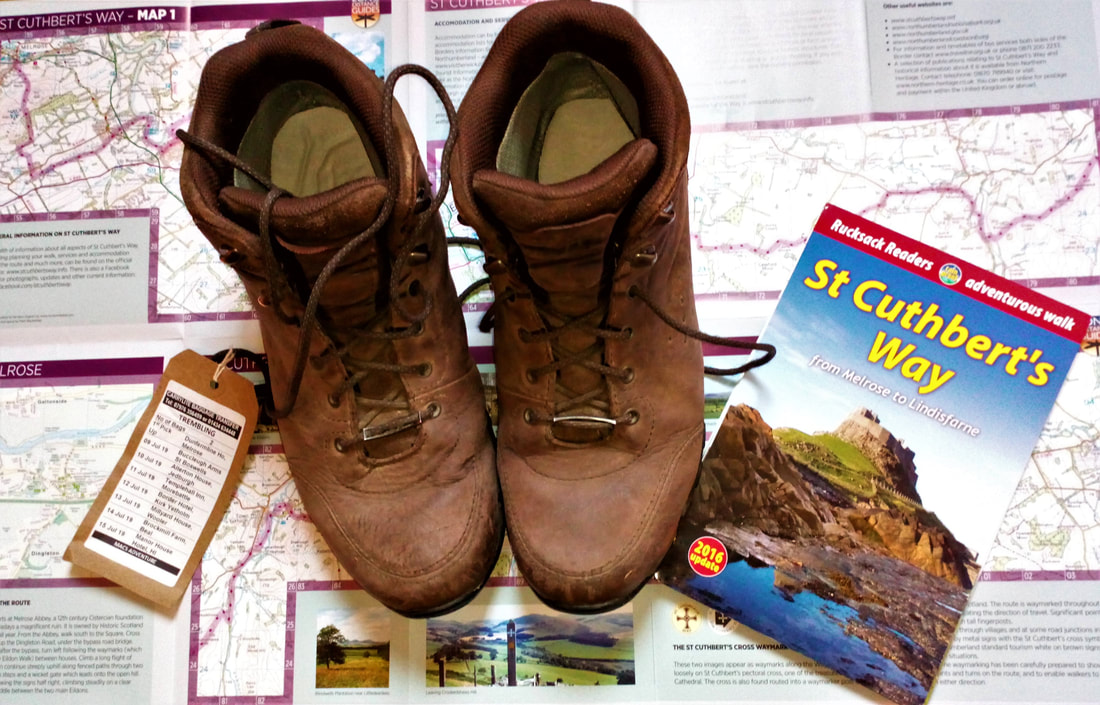
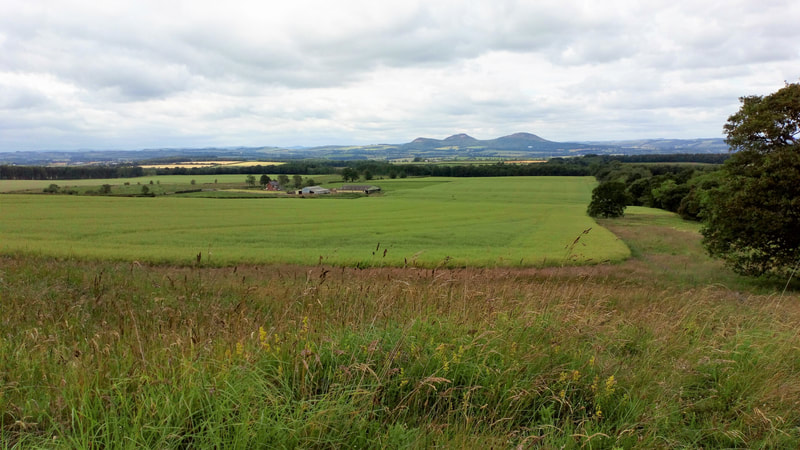
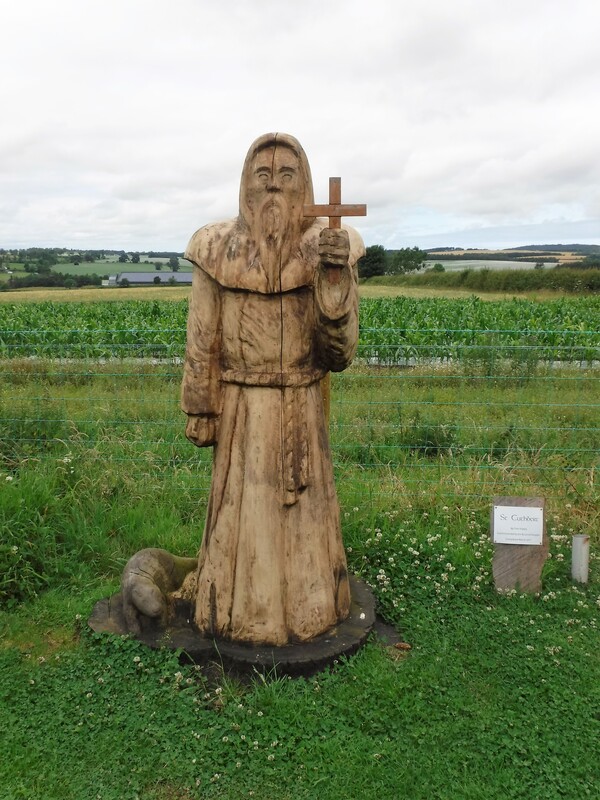
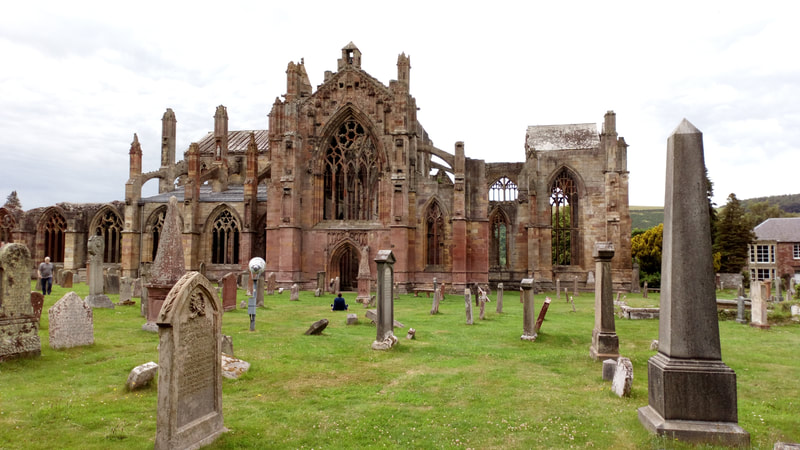
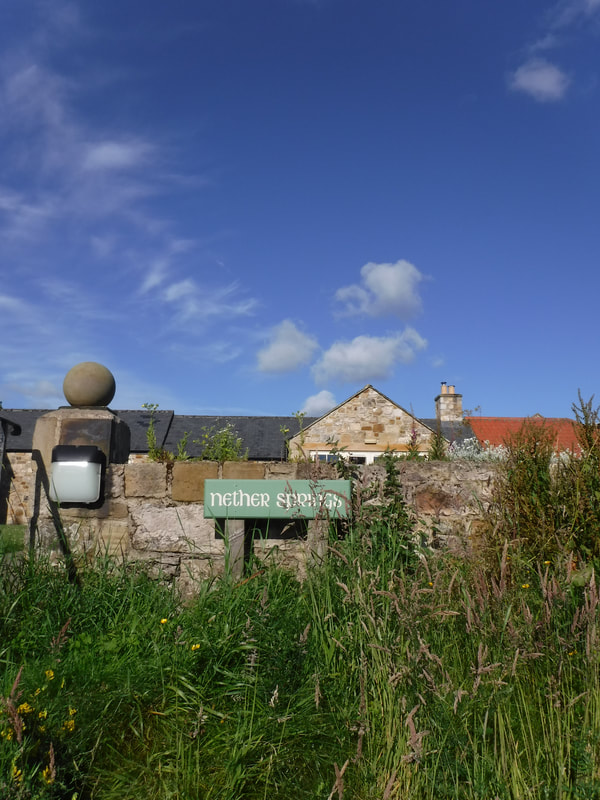

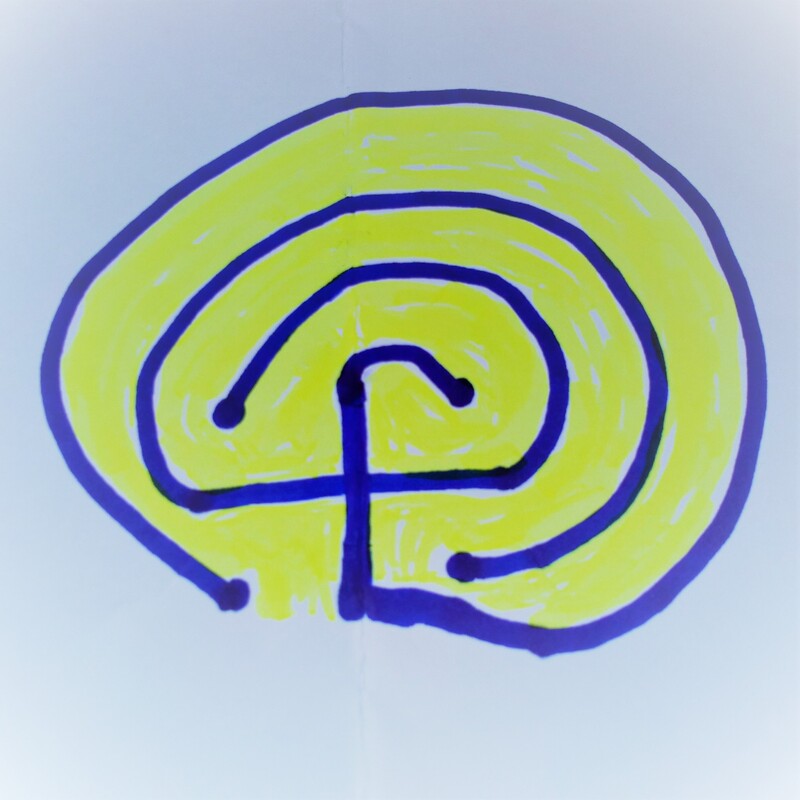
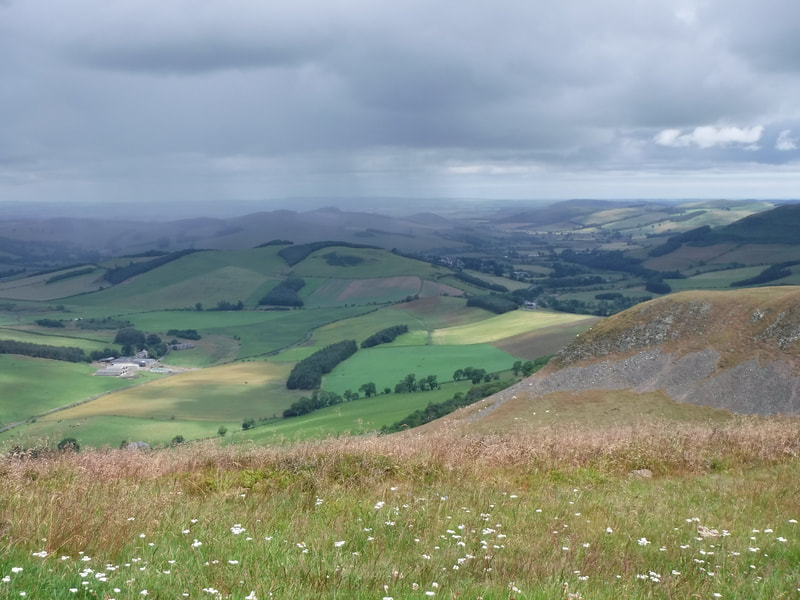
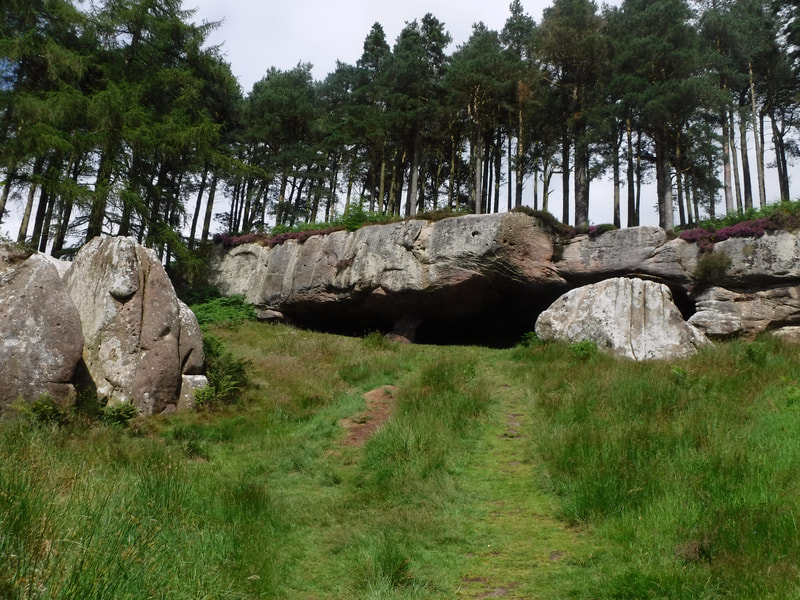
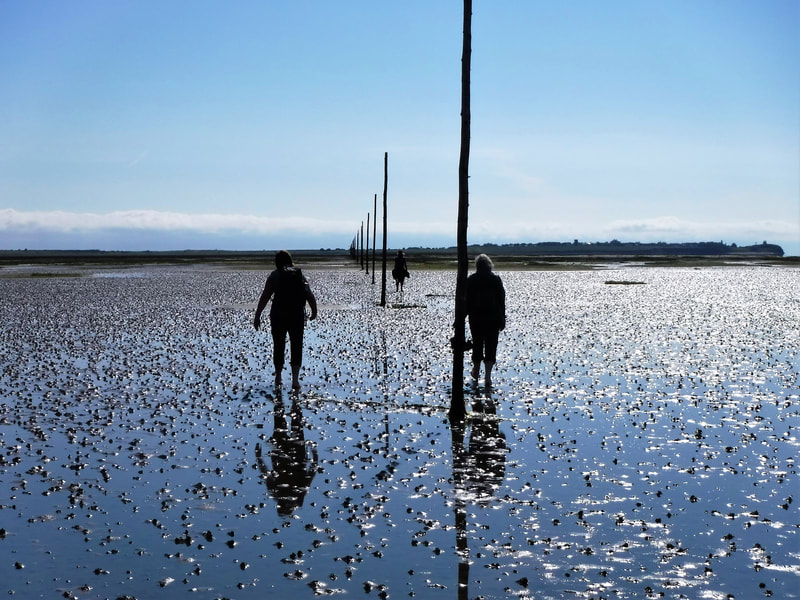
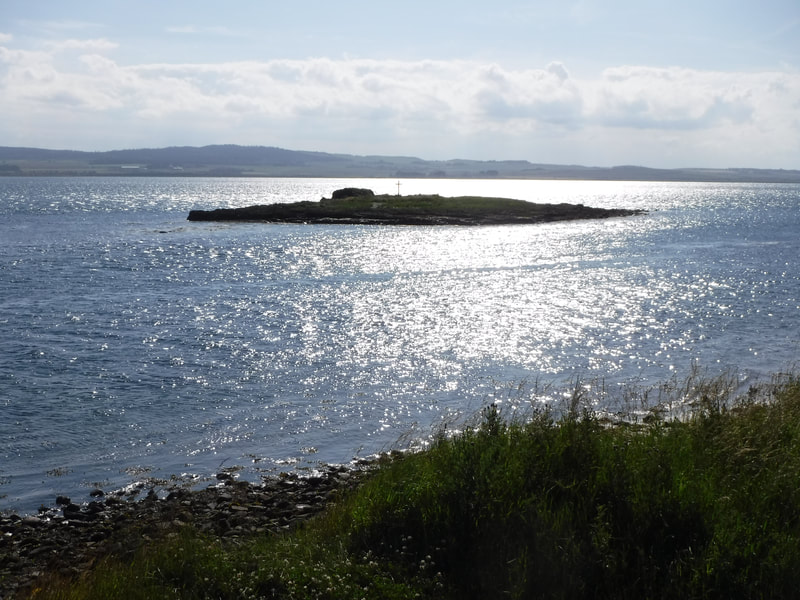
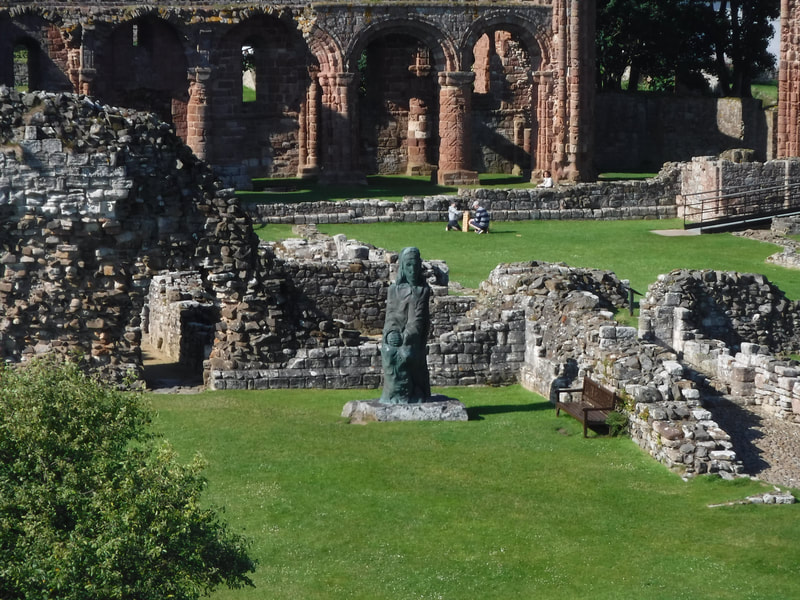
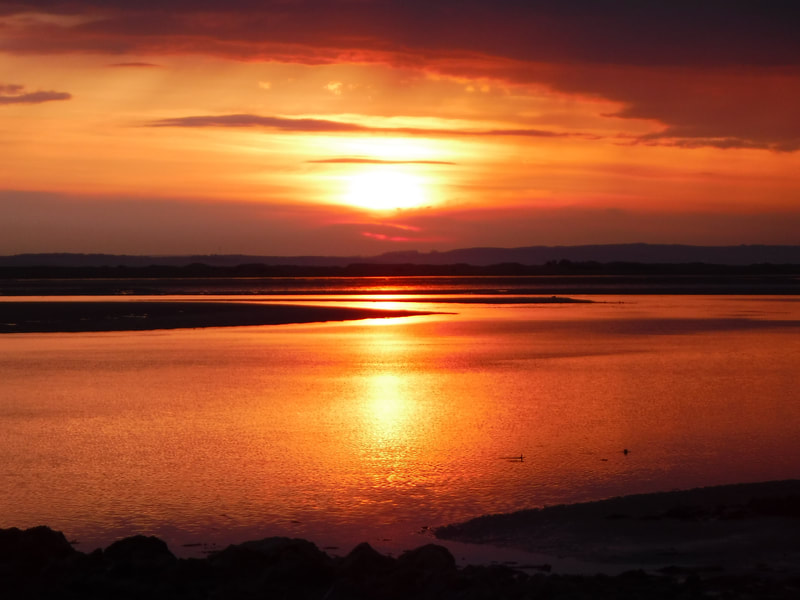

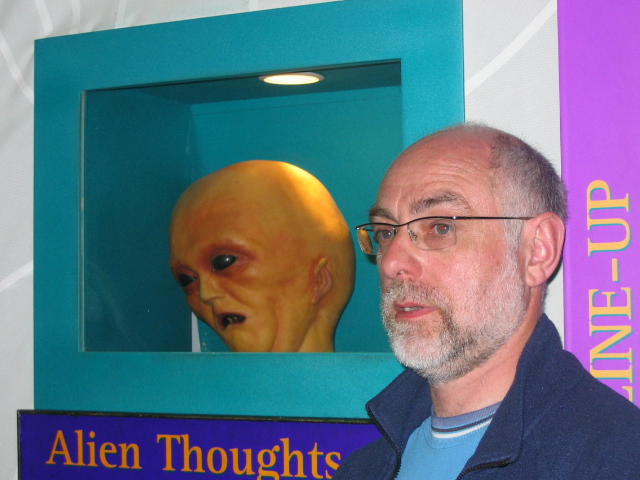
 RSS Feed
RSS Feed
